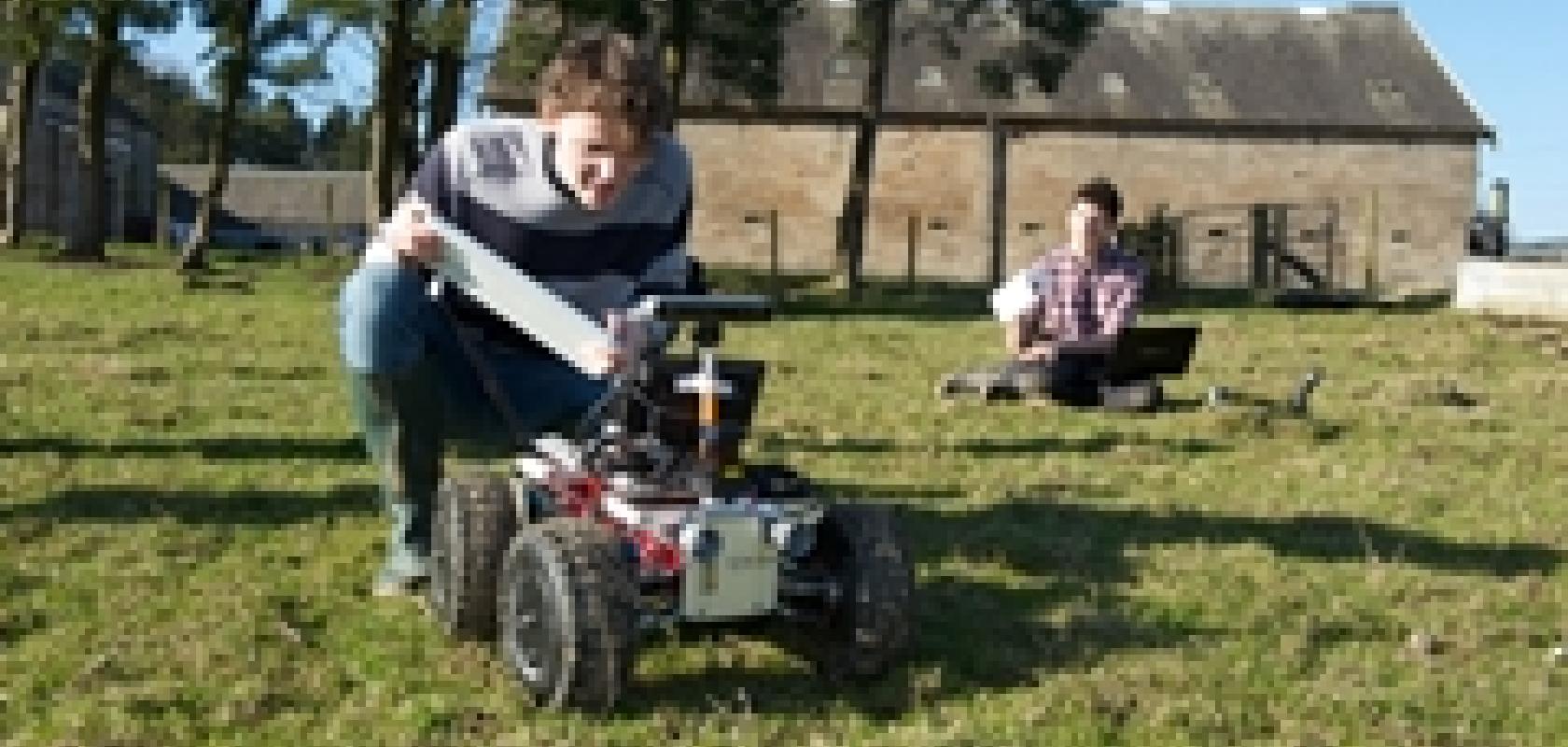Technology originally developed for the exploration of Mars is being commercialised for use in earth-based applications. Mirico, a spin-off from the UK’s Science and Technology Facilities Council (STFC), has received an investment of £1 million to bring its laser isotopic analyser to market, whereas space research centre, RAL Space has tested its robotic arm technology for use in agricultural monitoring.
The laser analyser developed by Mirico could have applications in climate change monitoring, diagnosing disease and detecting counterfeit foods, the company has said. The £1 million that the STFC spin-off received from Longwall and the Rainbow Seed Fund is anticipated to help Mirico further develop the instrument for use in these new applications.
The device was originally developed to understand the atmosphere on Mars, and in a robust and lightweight design needed for space work, the laser instrument can provide instant analysis of gases across a wide range of applications. The technology uses lasers to measure gases in real-time, targeting molecules with an immense degree of precision.
Dr Damien Weidmann, chief scientific officer for Mirico, said: ‘We looked into technical solutions to make real time, highly sensitive isotopic analysers small enough and robust enough for space. We came up with a novel approach using mid infrared lasers that solves some issues of standard isotopic analysis instrumentation. Exploring potential business cases, it became clear to us that many “terrestrial” applications also became relevant. Mirico is working to provide the most compact, yet highly sensitive, real time isotopic analysers yet.’
The analyser could be used to diagnose medical conditions through testing human breath, verifying the origin and authenticity of goods in the food and wine industry and identifying sources of carbon dioxide in the environment to aid in monitoring climate change. There is also potential for using the instrument to increase the efficiency of industrial processes, such as those in oil and gas or power plants.
In addition, it can be used by non-experts in hospitals, industrial factories, and outdoors – improving upon ease of use compared to existing laboratory-scale equipment.
Other space equipment that is being redesigned for use on earth is robotic arm technology that has been developed into an agricultural monitoring device for testing the quality of soil. The instrument has the potential to reduce the environmental impact of farming and could help improve crop yields on Earth.
The analyser consists of a mobile rover platform with a robotic arm that carries a soil sensing instrument. It is based on technology developed by the STFC’s space researcher centre, RAL Space, and will be used in a new project being run by a team at the University of Strathclyde. The project set up for developing the device, known as AgriRover, is funded through the UK Space Agency’s International Partnerships Space Programme (IPSP).
As part of a trial, the Strathclyde researchers, working with partners in the UK and China, will demonstrate the feasibility of the device’s agricultural operation by using an integrated, force feedback-controlled robotic system on the ground during the project. ‘This project is a combination of frontier research programmes in space robotic technologies. It focuses on a unique soil sensing technology, developed and built with UK capability,’ said Professor Xiu Yan, of Strathclyde’s Space Mechatronic Systems Technology laboratory, who is the principal investigator in the research.
STFC’s RAL Space team has not only designed and built the robot platform for technology demonstration, but it will also design and build the ‘laser induced breakdown spectroscopy (LIBS)’ instrument for soil quality characterisation. The team will also be providing equipment and logistics support for the field trial in China that will demonstrate the technology. It is also working on aspects of the robot arm and navigation.
‘By harnessing space technology for a new application in farming, and engaging in this research collaboration with China, this project will deliver many benefits around the world,’ Professor Yan concluded.
Further information
Mirico's laser isotope analyser technology
The University of Strathclyde’s Space Mechatronic Systems Technology laboratory


